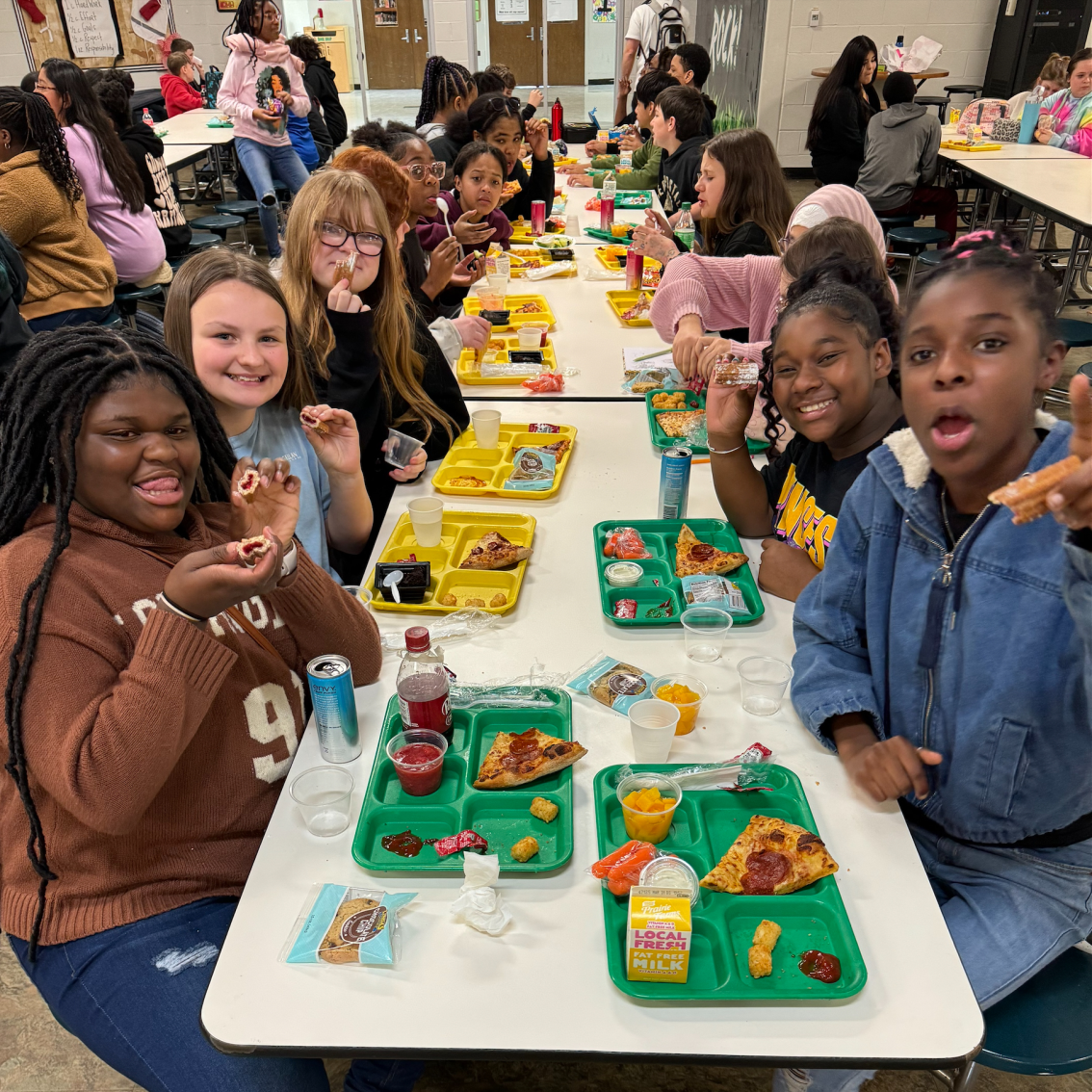
Keeping MS Students Excited with New Menu Options
Scratch-made tomato bisque, charcuterie trays and peanut butter yogurt dip are just a few of the new offerings on the menu for students of DeSoto County Schools in Mississippi. This year, Child Nutrition Director Alex Hallmark hired a registered dietitian and worked with the district’s nutrition team to update breakfast and lunch options so the students would not get bored with school meals. Student feedback has been so positive, that many of the dishes are being served regularly, with new ideas in the works for the future.
Read more…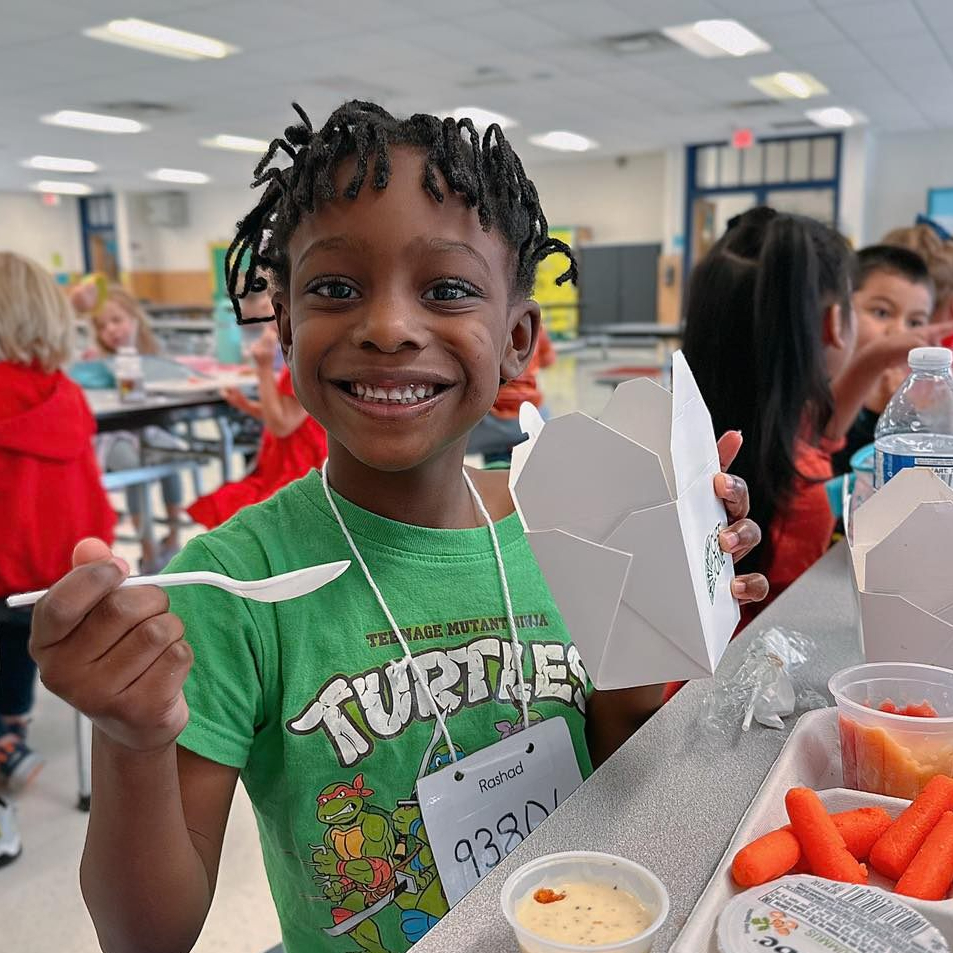
Plant-based Options Help Cater to VA Students’ Needs
When planning menus, the nutrition team at Alexandria City Public Schools in Virginia remains mindful that their student body comes from 119 different countries. To help serve many different dietary needs, district menus include daily plant-based meals with a variety of options for students.
“When students come through our lunch lines, we want them to taste something from their home. We incorporate herbs, spices and entrees with global inclusivity,” said Dr. Eric Coleman, MBA, M.Ed, CSC, Director, Office of School Nutrition Services for Alexandria City Public Schools.
Read more…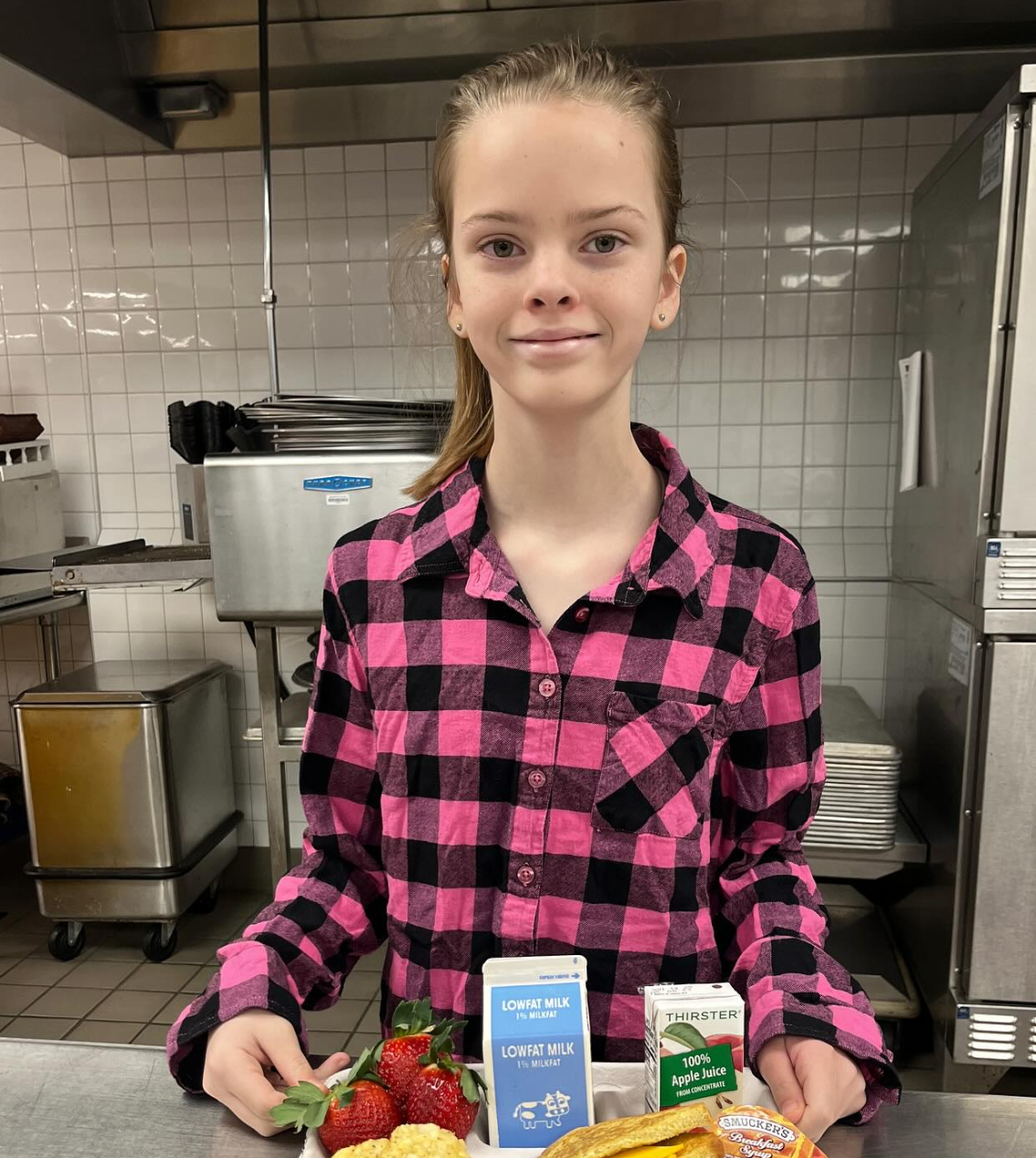
Iron Chef Breakfast Competition in NY School
Hosting Iron Chef-style competitions has become an anticipated special event for Mechanicville City School District students in New York. Deborah Mackey, Food Service Director in the district, helps to put on about four each year, typically giving student teams a specific ingredient to include for a lunch dish. Past competitions have featured locally grown beef and apples, but the focus has never previously been on breakfast.
Mackey introduced the idea recently and held a breakfast competition to lead up to National School Breakfast Week (NSBW), a great opportunity for students to try new menu items and focus on the importance of breakfast.
Read more…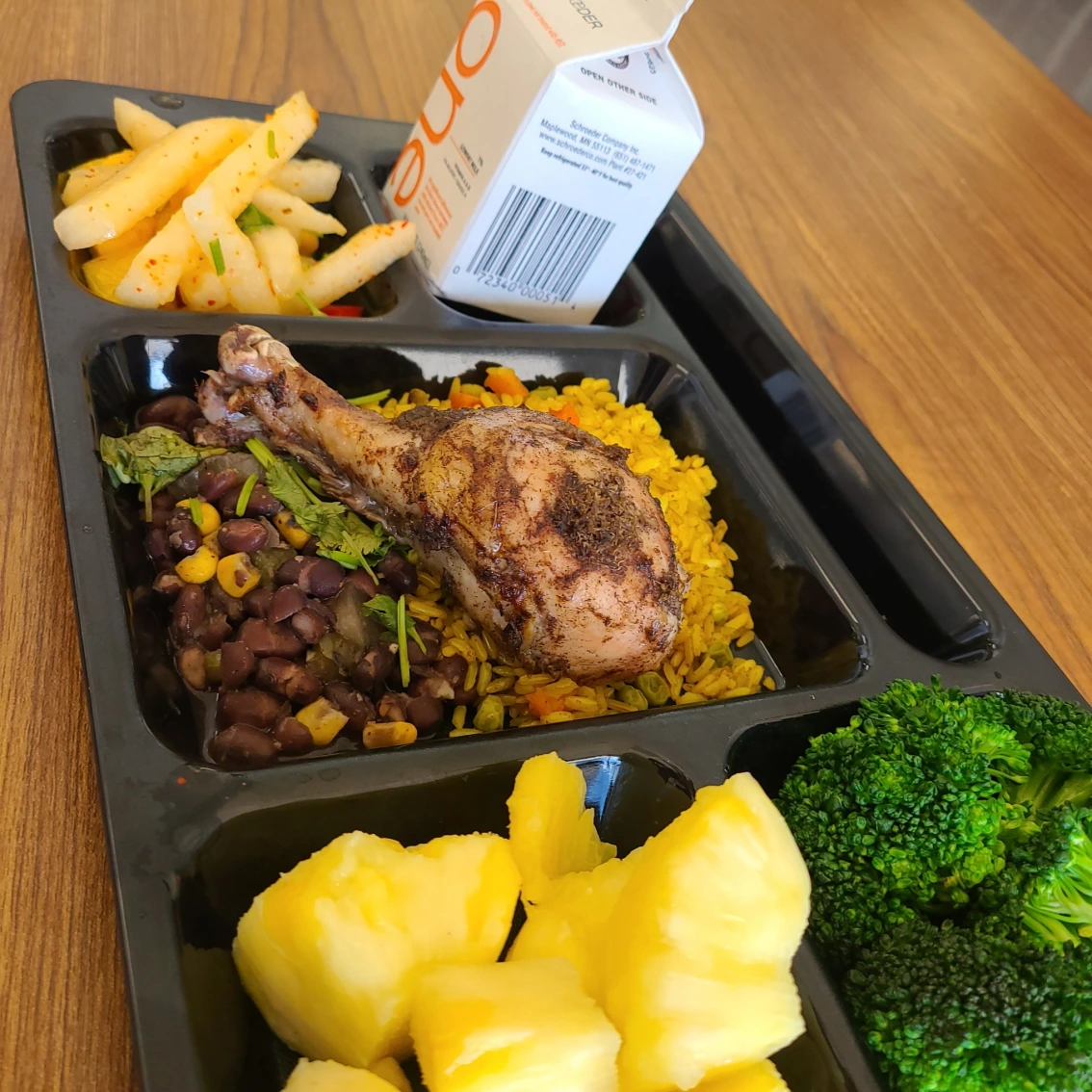
Minnesota Thursday Program Kicks Off Black History Month
Food can be a window into different cultures and a learning tool to introduce students to meals not typically served within their homes. To that end, students in 16 schools across Roseville Area and St. Anthony Schools (MN) were treated to made-from-scratch menu items from St. Paul-based West Indies Soul Food chef Sharon Richards-Noel on Feb. 1st in conjunction with Black History Month. The menu included sizzling jerk chicken drumsticks, seasoned curried rice, and delicious sides of Caribbean black beans and watermelon radishes.
Read more…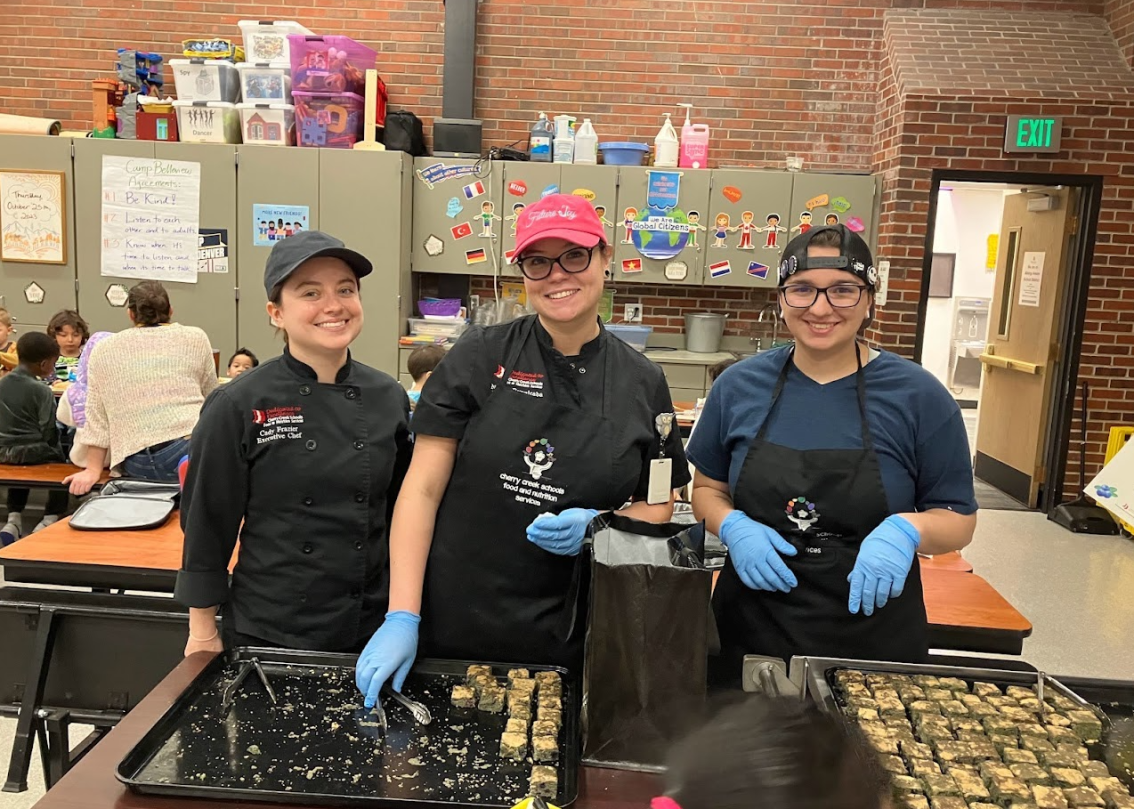
Colorado Students Enjoy Scratch Baked Foods
Students in Cherry Creek School District 5 (Colorado) enjoy sandwiches on fresh bread, granola in their parfaits and dinner rolls with their salad made fresh from scratch by members of the nutrition team. For more than five decades, the district southeast of Denver has been making in-house baked goods to serve students. The bakers make everything from whole wheat bread and streusel breakfast bread to cinnamon rolls, cornbread and crumble topping for fresh apple crisp. Through the years, recipes have been adjusted and new items have been added to the menu.
Read more…
School Lunch in a Coastal Maine Community
In between the healthy versions of tried-and-true kid favorites, menus at Maine’s RSU 23 feature specials to rival local lunch hot spots. Students can choose dishes including Chicken Bahn Mi style whole grain rice bowls and featured entree salads, like this month’s Autumn Salad of grilled chicken, cinnamon roasted butternut squash, goat cheese, blueberries and sunflower seeds over mixed greens with homemade maple balsamic dressing. The Food and Nutrition Services team prides itself on including made-in-Maine foods on breakfast and lunch menus every day for its 700 students in three schools along the pristine Maine coastline of Old Orchard Beach.
Read more…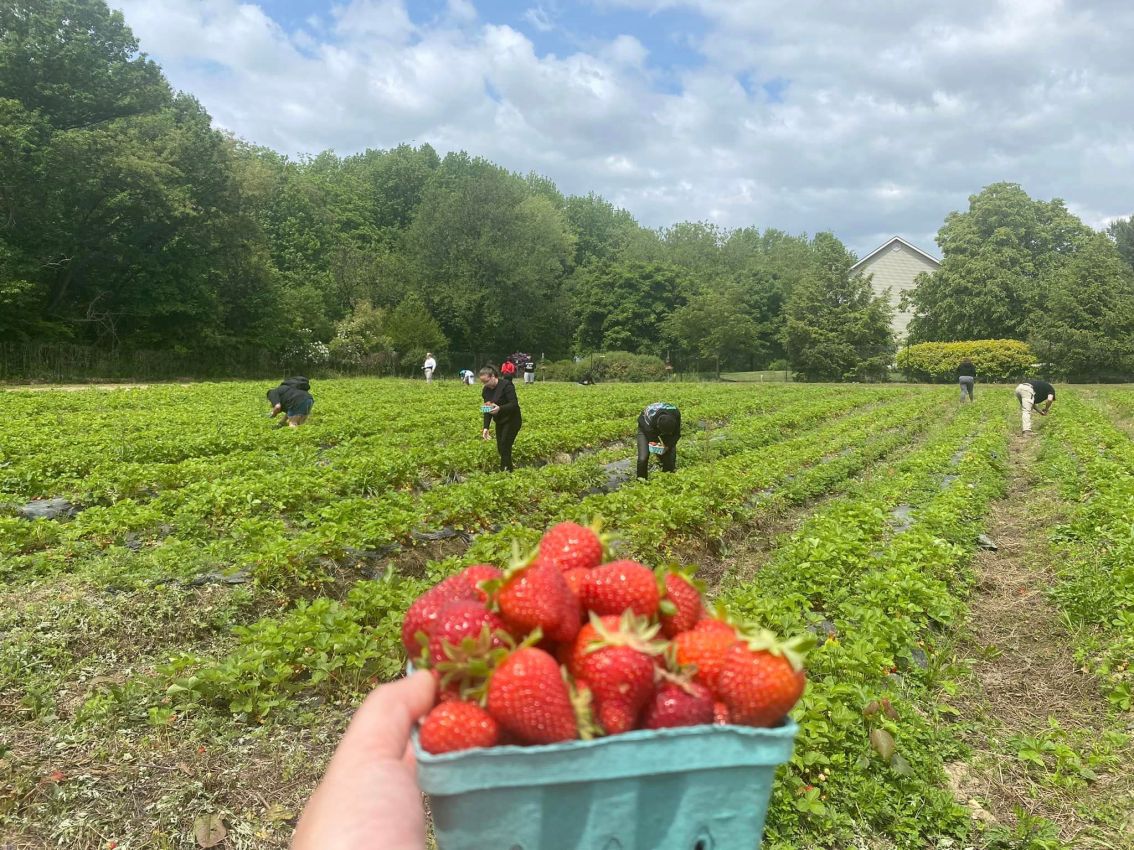
Historic Farm in Delaware Maintained by School District
A unique partnership between Penn Farm in Northern Delaware and the nutrition department of Colonial School District provides urban students opportunities to learn about farming and fresh produce for school meals.
The farmland, which dates dates back to the 1700s, is leased from the land trustees for use by William Penn High School agricultural and culinary programs. The land is maintained year round by the school district, with vegetables grown for use by the nutrition department in menus.
Read more…
Students Help Pick New Menu Items
Thanks to the special efforts of their classmates this summer, Littleton Public Schools students in CO will see some new breakfast and lunch items on their menus. During summer break, six Littleton students had an exclusive opportunity to join their school nutrition department at the nation’s largest K-12 food and exhibit show, School Nutrition Association’s Annual National Conference, with the mission to assist in taste-testing potential new menu items.
Read more…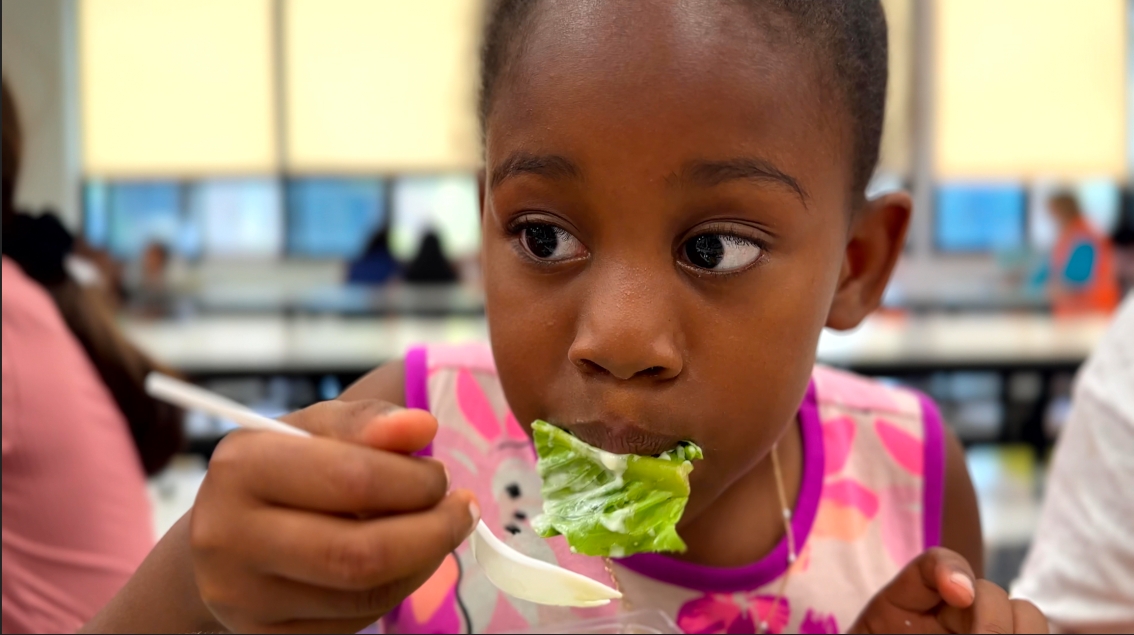
Growing a School Garden Program in Wisconsin
Students at two Madison Metropolitan School District (WI) elementary schools have benefitted from local partnerships to help grow their garden program, with an added bonus of more fresh food for school lunches. The students started lettuce crops in their classrooms and finished growing them in a community garden to enjoy at lunch.
“The first time we served the lettuce as part of a side salad, it was great to hear the students say they could taste the difference,” said Chef Joshua Perkins, Director of Food Nutrition Madison Metropolitan School District.
Read more…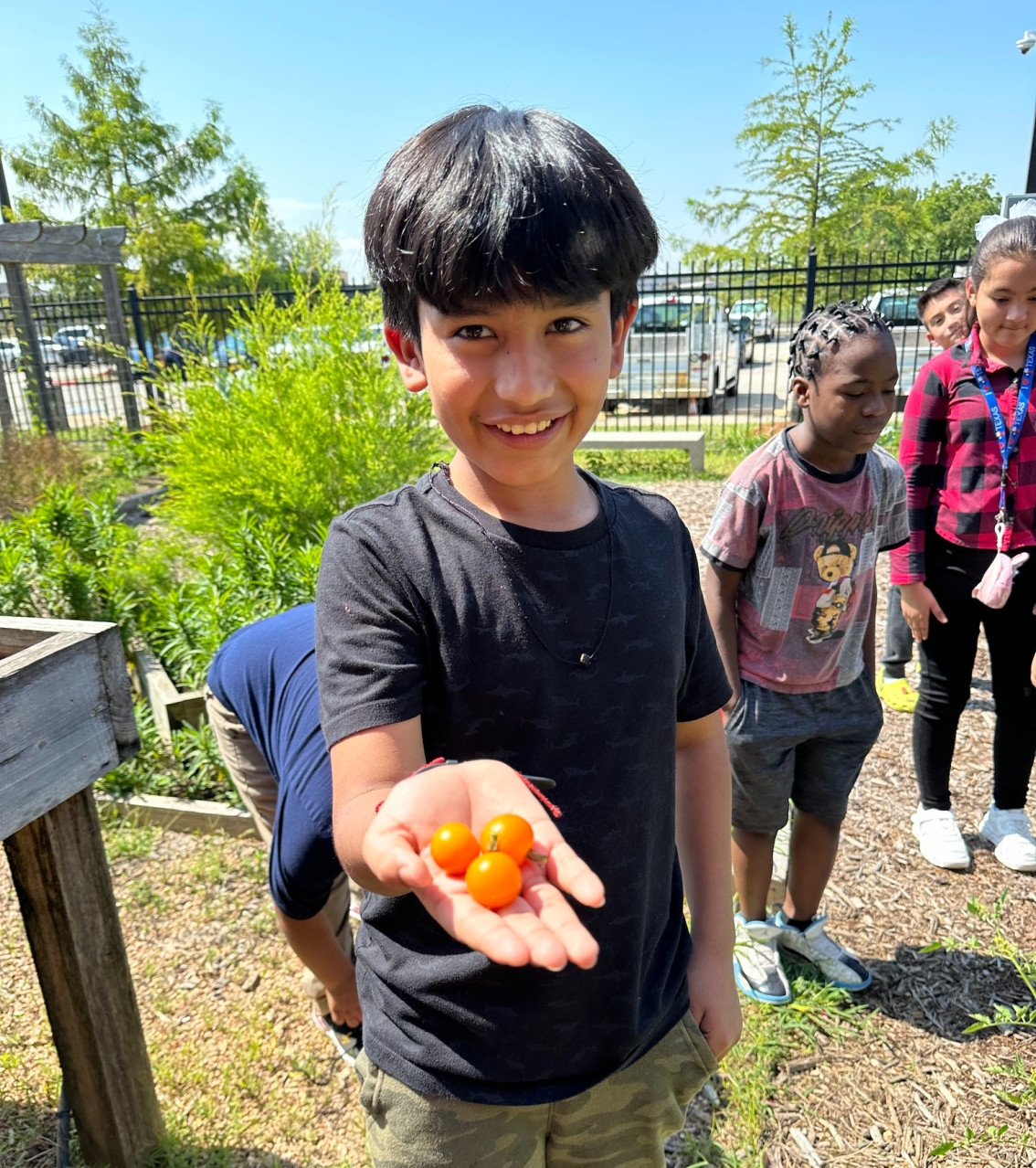
Field Trips to Texas Nutrition Department
Elementary school students in Texas are learning all about eating healthy through Aldine Independent School District (ISD) Child Nutrition Service’s program called “Learn, Grow, Cook.” The field trip for students in fourth and fifth grades takes them from their school to the nutrition department’s offices at M.B. Sonny Donaldson Child Nutrition Center where they visit the nutrition department’s classroom, garden and kitchen in a three-part experience.
Read more…